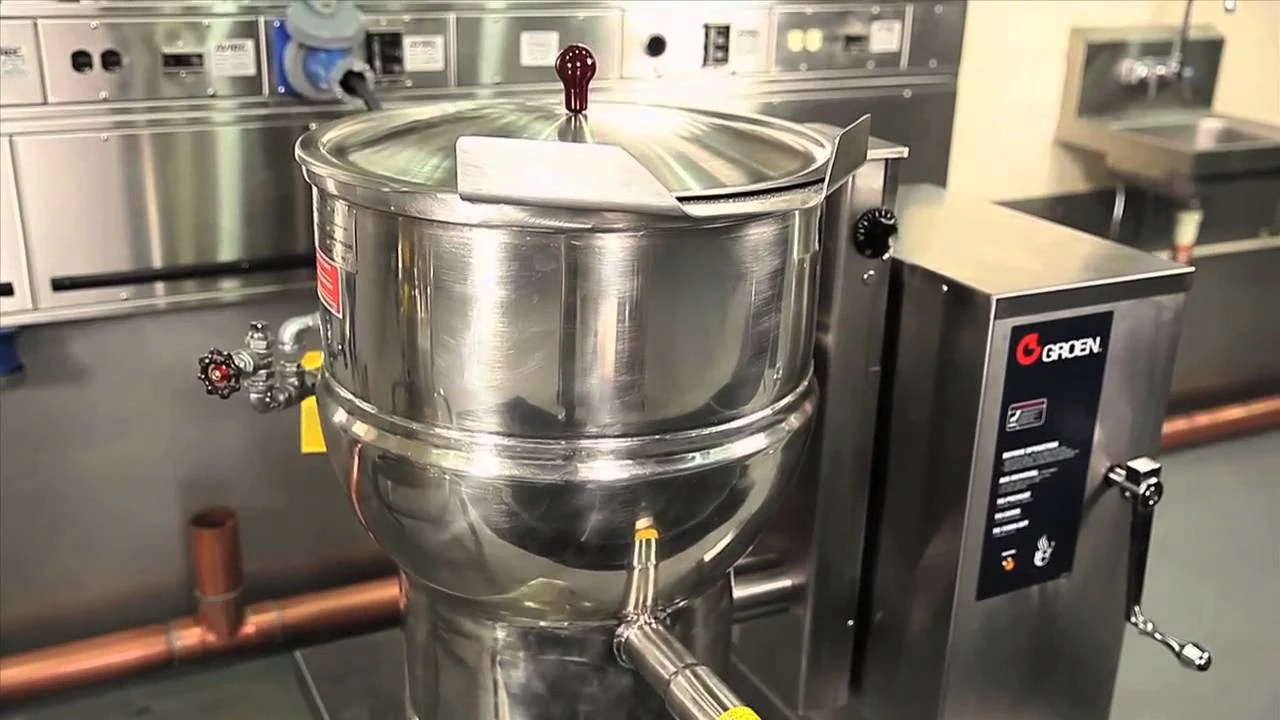Weather is Turning Cold – Winter is Soup Kettle Time

Curtesy of Groen
By Michael Angello – Branch Manager
It’s that time of year again when comfort food arrives on your menu, and nothing is more comforting than soups and stews. One of the great kitchen workhorses for soups and stews is the humble soup kettle for which this blog is dedicated. So, whether you are new to soup kettles or have been relying on them for years we hope you will find the following information and maintenance tips that will be of interest.
New to Soup Kettles?
A soup kettle or soup warmer is used to hold and warm or cook soups, broths, chilis and liquid-based foods. They safely heat and/or cook soup for hours without sitting on the stove. Generally speaking, there are two types of soup kettles:
1. Countertop soup kettles for keeping liquid-based foods warm and
2. Floor model soup kettles for cooking soups, stews, chilis, broths, and more
Depending on your kitchen set-up, food service model and guest flow, you can decide which kettles are right for you. For example, if you have a busy takeout counter, a warming kettle is ideal as it can be kept at the front for quick service for hungry customers.
Also, if you have a buffet or “salad” bar where guests help themselves, you’ll also want a soup kettle for warming. If you are strictly dining room service, the larger-sized floor model cooker is a must.
How to Choose the Right Commercial Countertop Soup Kettle
Key considerations when choosing a commercial countertop soup kettle include:
● Capacity
● Warranty
● Cool exterior to prevent burns
● Removable pot
● Overheating prevention
● Overall size for spacing concerns on counters
● NSF and UL listed for safety and performance
These features will ensure you have the right size and model for your needs.
How to Choose the Right Commercial Floor Model Soup Kettle
Floor model soup kettles have the same capabilities as cooking on a range, but reduce energy use and increase capacity. They are designed to cook large batches of soup, stocks, grains, and sauces. Considerations include:
● Capacity
● Full or partial jacket to provide the heating steam
● Tilt or non-tilt
● Electric or gas
The space in your kitchen often dictates whether or not you can accommodate a stationary or tilting kettle. Tilting kettles can make it easier to clean the kettle, while also allowing you to pour the contents into another container.
Maintenance Tips
To get the most out of your commercial kettle use these maintenance and cleaning tips:
● Never pre-heat the kettle without adding water or oil first
● Always allow the kettle to cool completely before cleaning
● Use non-caustic cleaners and avoid tools that can damage the kettle such as scrapers and wire brushes
● Never spray water directly or indirectly on electrical or gas components when you clean the kettle
● Be sure to lubricate the trunnion bearing regularly
The following maintenance tips should be performed by a manufacturer certified technician.
• At least twice a year test the pressure relief valve to make sure it is operating properly
• Check for missing screws in the control cover and replace them immediately to ensure watertight seals
• For steam kettles, be sure to replenish internal hemi water with distilled water and an approved rust inhibitor as required.
• General inspection of seals, pitting and stress fissures.
Following this advice will help keep your kettle working at peak performance through the fall and winter.
If you require maintenance and repair of your commercial soup kettle or plan to install a new model, we at General Parts Group are here to help. Call us to set an appointment with one of our certified service technicians or Submit a Book Service form.
